For kitchen professionals looking to extend their culinary expertise beyond the confines of a traditional kitchen, mastering the art of campfire cooking can be both a rewarding and challenging endeavor. Are you ready to let your cooking skills shine outdoors? Tripod Grill Cooking Tips Mastering Campfire Meals Outdoors is your gateway to transforming simple elements of fire, smoke, and fresh air into unforgettable dining experiences.
In this article, we'll explore techniques, tricks, and tips designed to help you become a virtuoso of campfire cooking. We'll delve into not only how to set up your tripod grill but also how to leverage the robust flavors that only an open flame can provide.
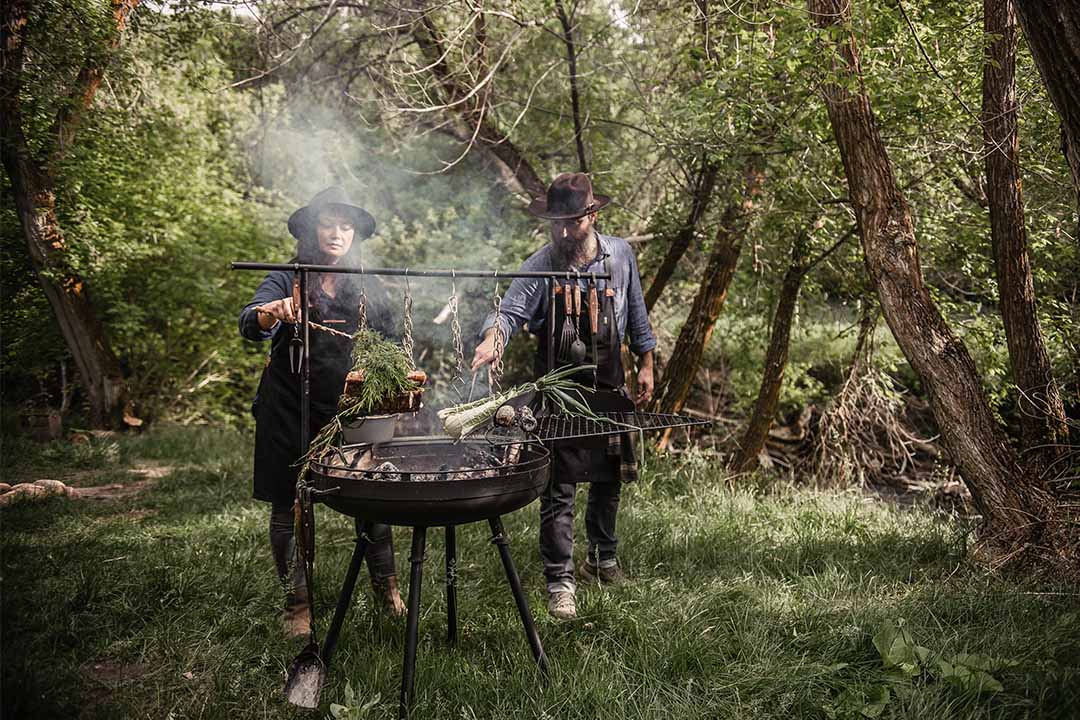
Why Choose a Tripod Grill?
The versatility of a tripod grill is unrivaled. It's more than just a cooking apparatusit's a tool that, when wielded with finesse, can bring out the best of your ingredients. Not only does a tripod grill offer stability over variable terrains, but it also allows you to easily adjust your cooking height, giving you greater control over heat management. As highlighted in Mom Goes Camping, this flexibility is crucial for achieving perfect cook times and textures.
The choice of a tripod over other grilling methods is not solely about convenience but also about enhancing the outdoor culinary experience. For instance, seasoned kitchen professionals understand the importance of heat distribution. With a tripod grill, you can manage heat levels by raising or lowering the grill, thus ensuring even cooking and minimizing burnt dishes.
Setting Up Your Tripod Grill for Success
Preparation is key when it comes to achieving campfire culinary excellence. First, evaluate your site. A level, cleared area is crucial for safety and optimal cooking conditions. Next, set your tripod over the campfire, ensuring it's stable and centered. Reference our Ultimate Guide to Campfire Tripod Grills for in-depth instructions on setup and safety checks.
Once your grill is in position, consider the fuel source. Hardwood, such as oak or hickory, offers a slower burn and more consistent heat compared to softwoods, which burn quickly and may cause fluctuations in temperature. Keep a thermometer on hand to monitor the heat and adjust your cooking strategy as needed.
Flavoring with Fire: Techniques and Tips
When utilizing an open flame, understanding the interaction between fire and food is vital. Use fire as a seasoning. The smoke, heat, and flames add natural flavor incomparable to any indoors appliance. Want to add a rich, smoky essence to your meats? Consider experimenting with different wood chips or herbs to create a custom smoky flavor profile.
For more delicate items like fish or vegetables, make use of indirect cooking. This technique involves placing the food on the cool side of the grill away from direct flames, allowing for a slower cook time that prevents burning. You can get beautifully smoked dishes with this method, similar to those created using the art of infrared grilling.
Play with Marinades and Rubs
Don't underestimate the power of marinades and rubs for cultivating depth of flavor in grilled dishes. A properly soaked or seasoned piece of meat can elevate the dining experience to the next level, especially in the rustic environment of campfire cooking. Refer to the smoke point of avocado oil to ensure your oils and seasonings enhance rather than detract from your food's natural flavors.
Understanding Campfire Cooking Temperatures
Control is the hallmark of fine cooking. When it comes to campfire cooking, understanding and controlling temperature is essential. Use a portable thermometer to keep track of your foods internal temperature, ensuring it reaches the optimal level of doneness without the risk of over or undercooking.
Temperature fluctuations are inevitable in hostile outdoor settings. Therefore, it's imperative that kitchen professionals manage these variables through their choice of cooking techniques. Familiarize yourself with the particulars of hot and cold spots within your campfire using a cooking thermometer, making sure that your grill's positioning allows for a balanced dispersal of heat.
Culinary Creativity: Let's Move Beyond Traditional Dishes
While burgers and hotdogs are campfire staples, there's an expansive world of dishes suitable for tripod grilling. Let's pivot to more creative endeavorssuch as stuffed peppers or even culinary delicacies like aebleskiver Danish pancake balls. The outdoor environment invites adventurous cooking innovations!
These diversified culinary efforts will not only challenge your kitchen expertise but also provide immense satisfaction as you bring gourmet dining outdoors. Don't hesitate to incorporate fresh, local ingredients from surrounding naturemushrooms, wild herbs, and even edible flowers can be magnificent additions.
Final Thoughts
For the astute kitchen professional, mastering the art of tripod grill cooking is a fulfilling pursuit that promises to boost not only your skillset but also your passion for the culinary arts. As you embrace the raw beauty of nature, remember that the quality of the ingredients and your inventive spirit are key to creating extraordinary dining experiences.
Remember to continually experiment with methods, flavors, and cuisines to further enhance your skills. Mastery is not an endpoint but a journeyespecially in the beautiful, unpredictable domain of outdoor cooking.
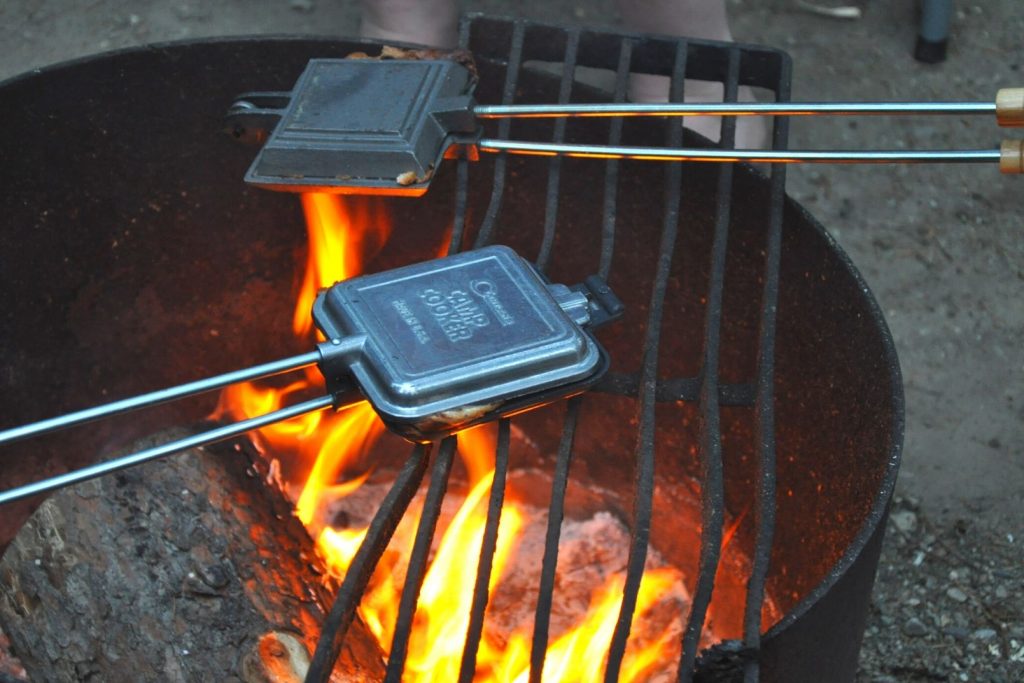
FAQs
Can a tripod grill be used for all types of meals?
Yes, a tripod grill is versatile enough to tackle a variety of meals, from meats and vegetables to less conventional dishes like baked goods.
How do I control heat with a tripod grill?
Control the heat by adjusting the height of the grill over the flame and selecting the proper wood for steady burning temperatures.
What are some creative dishes I can make using a tripod grill?
Beyond typical grilling fare, try making dishes like stuffed burgers or fruit-infused desserts, utilizing the natural aromas of the fire.
This article contains affiliate links. We may earn a commission at no extra cost to you.

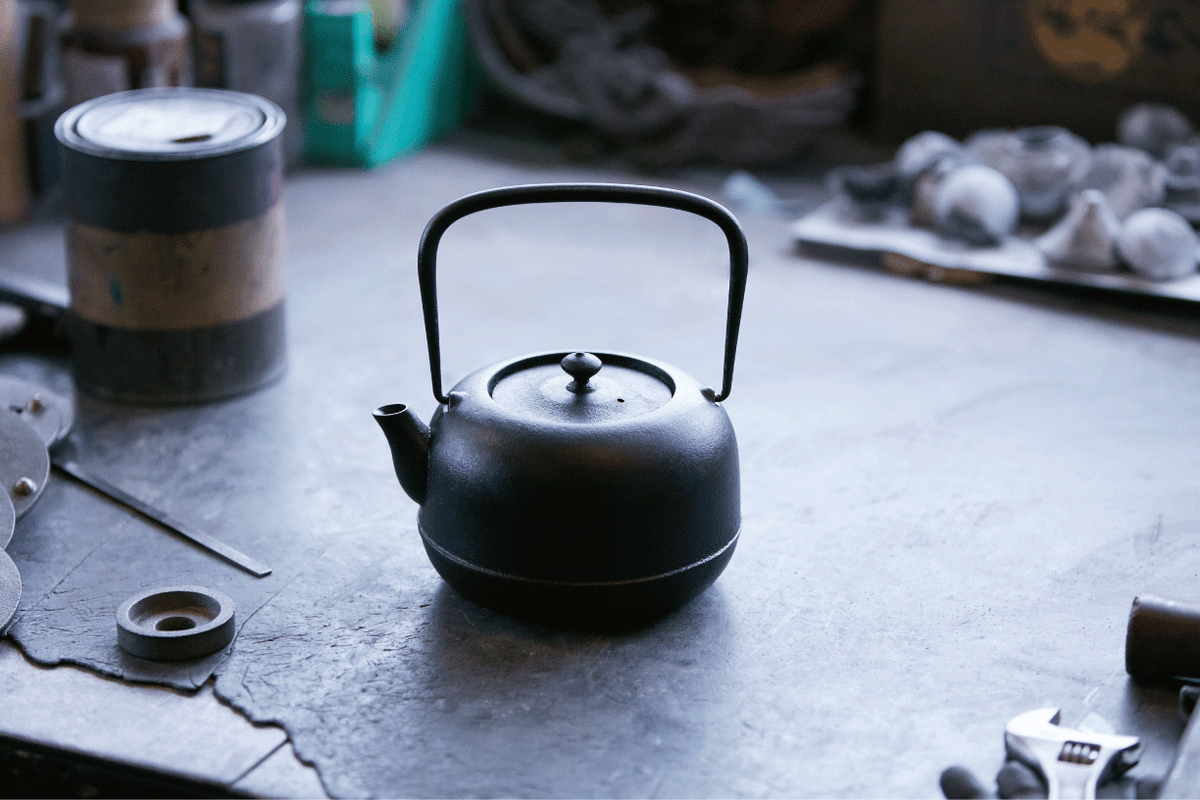


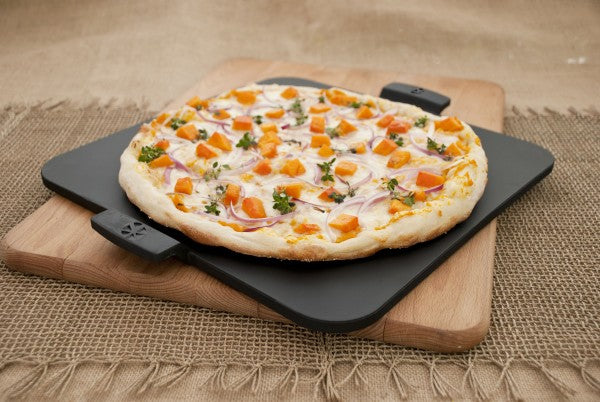
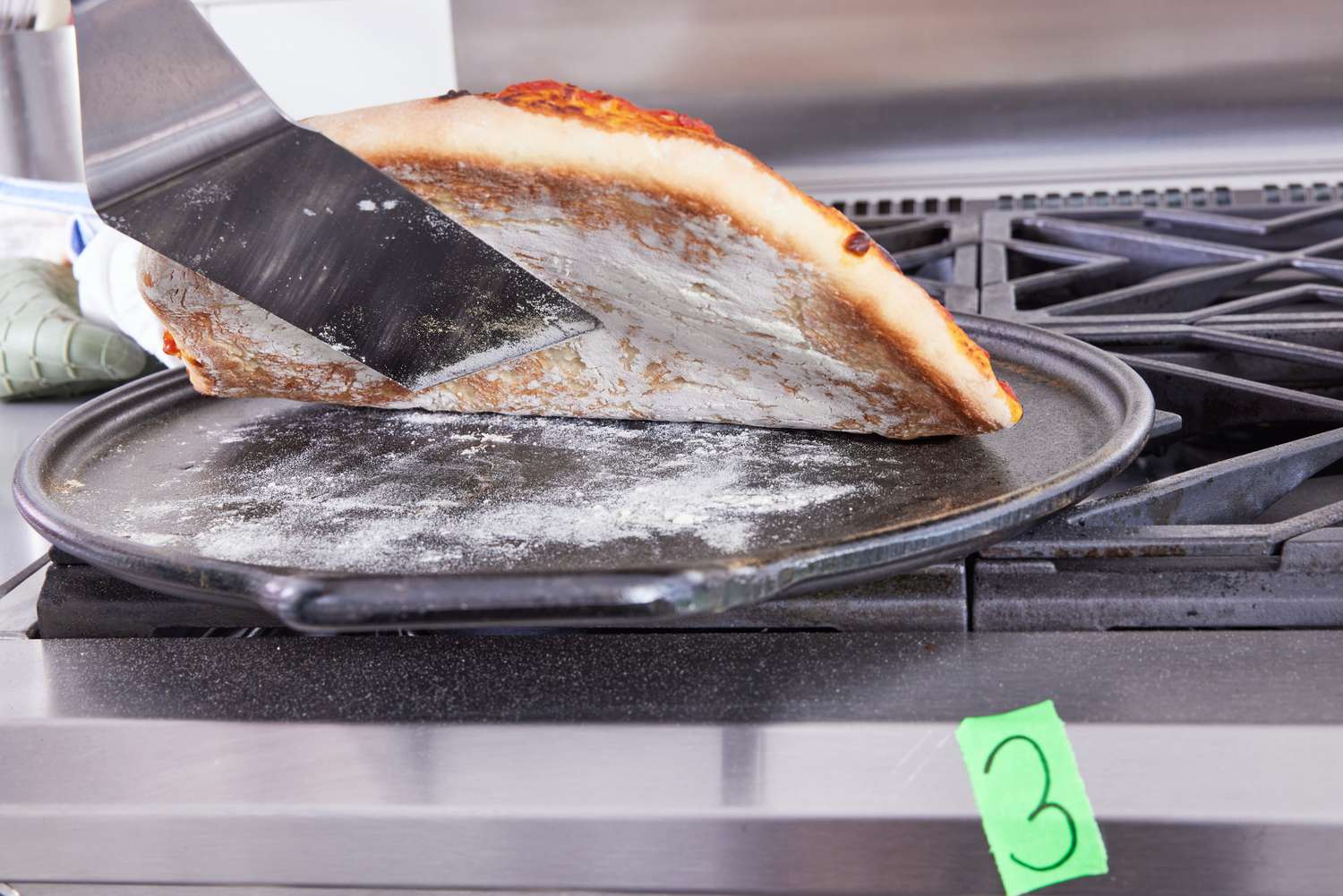
Leave a comment
This site is protected by hCaptcha and the hCaptcha Privacy Policy and Terms of Service apply.